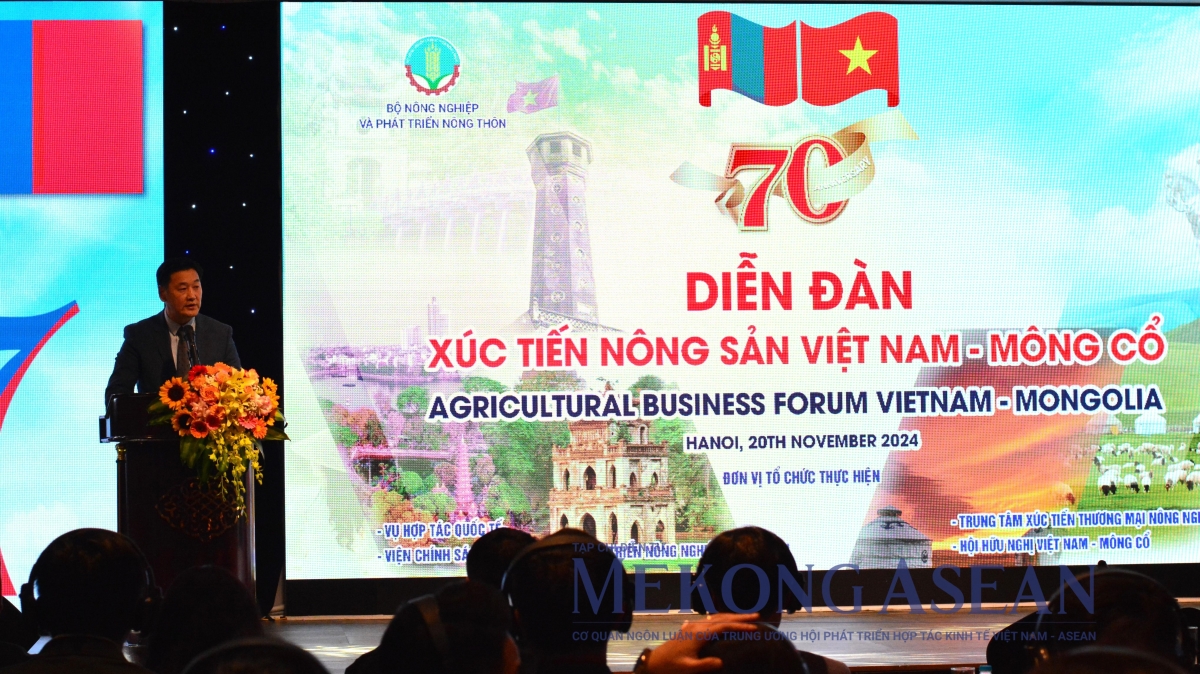
Upon addressing the event, Tran Cong Thang, director of the Institute of Policy and Strategy for Agriculture and Rural Development (IPSARD), emphasised that the forum acts as a bridge in which businesses of the two countries can come together to exchange information and seek collaboration opportunities.
Thang expressed his hope that the outcomes of the forum will serve to lay a solid foundation for both sides to raise bilateral trade turnover moving forward.
In fact, bilateral trade between the two sides has increased from US$41.4 million in 2017 to US$85 million in 2022 before climbing further to reach US$132 million in 2023. During the seven-month period, two-way trade turnover stood at US$65.5 million. Both countries aim to swiftly reach US$200 million in bilateral trade turnover in the coming time.
With regard to economic co-operation, the two nations boast advantages in terms of the agricultural sector. Vietnam has experience in developing rice, industrial crops, aquaculture, timber and wood products, and tropical fruits.
The Vietnamese side also has a large demand for imported meat products, other products of animal origin, fish, crustaceans, and mollusks.
Meanwhile, Mongolia's livestock industry accounts for 83% of Mongolian agricultural products, with the sector enjoying advantages in producing high-quality goat, sheep, and wool.
Furthermore, the two countries have signed a number of trade agreements, thereby creating the optimal conditions possible for businesses of both sides to ramp up cooperation.
With regard to collaboration prospects, Nguyen Anh Phong, deputy director of the Institute of Policy and Strategy for Agricultural and Rural Development, said that apart from agriculture, both sides also see great potential for further co-operation in the tourism sector.
Mongolia is particularly famous for its unique cultural features to develop the tourism industry, especially wildlife tourism and nomadic culture.
Meanwhile, Vietnam has developed a number of tourism types, including agricultural tourism, eco-tourism, and craft village tourism which are attractive to Mongolian tourists. Along with these advantages, the two countries are also facing many challenges such as climate change, differences in food safety standards, and logistical costs.


